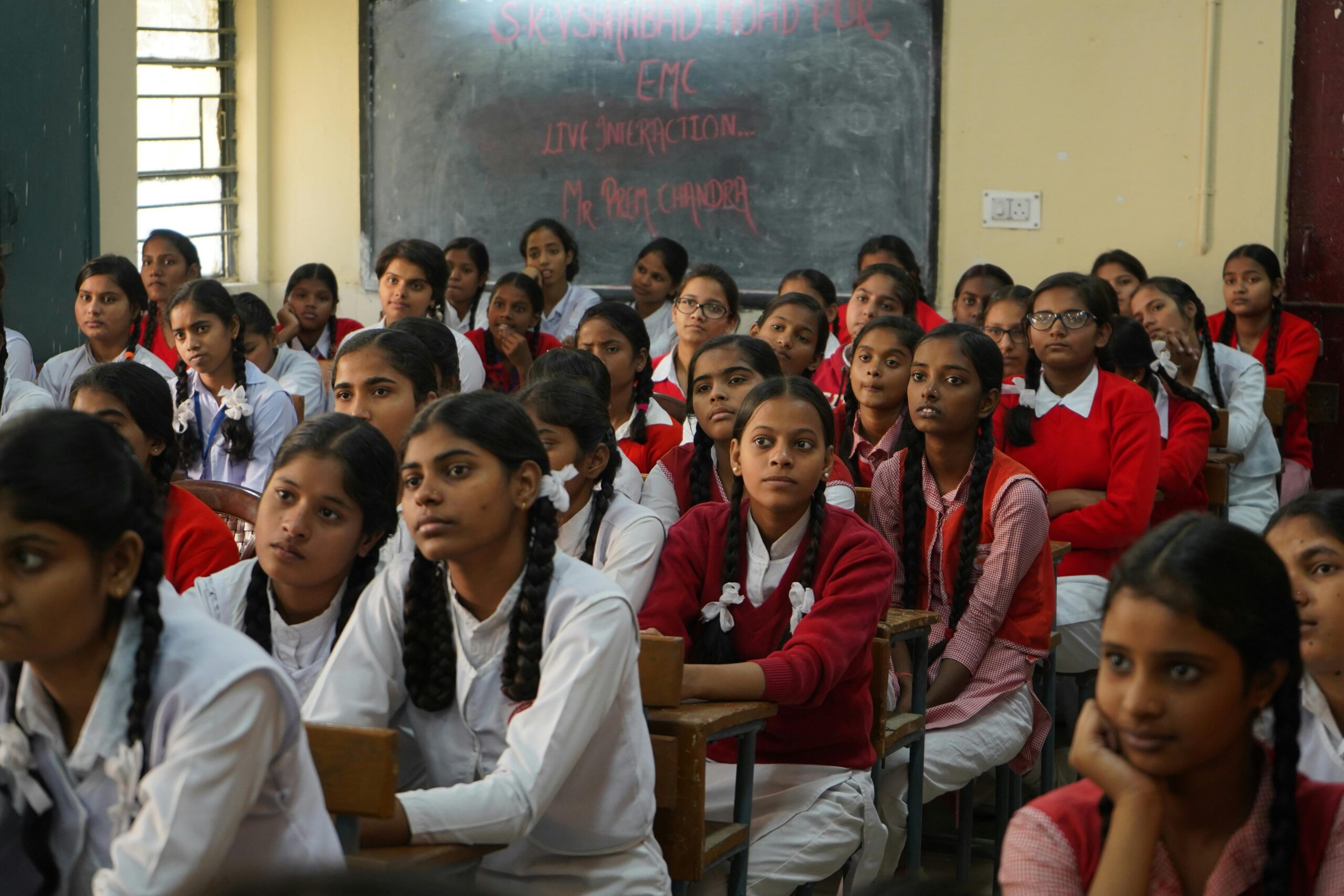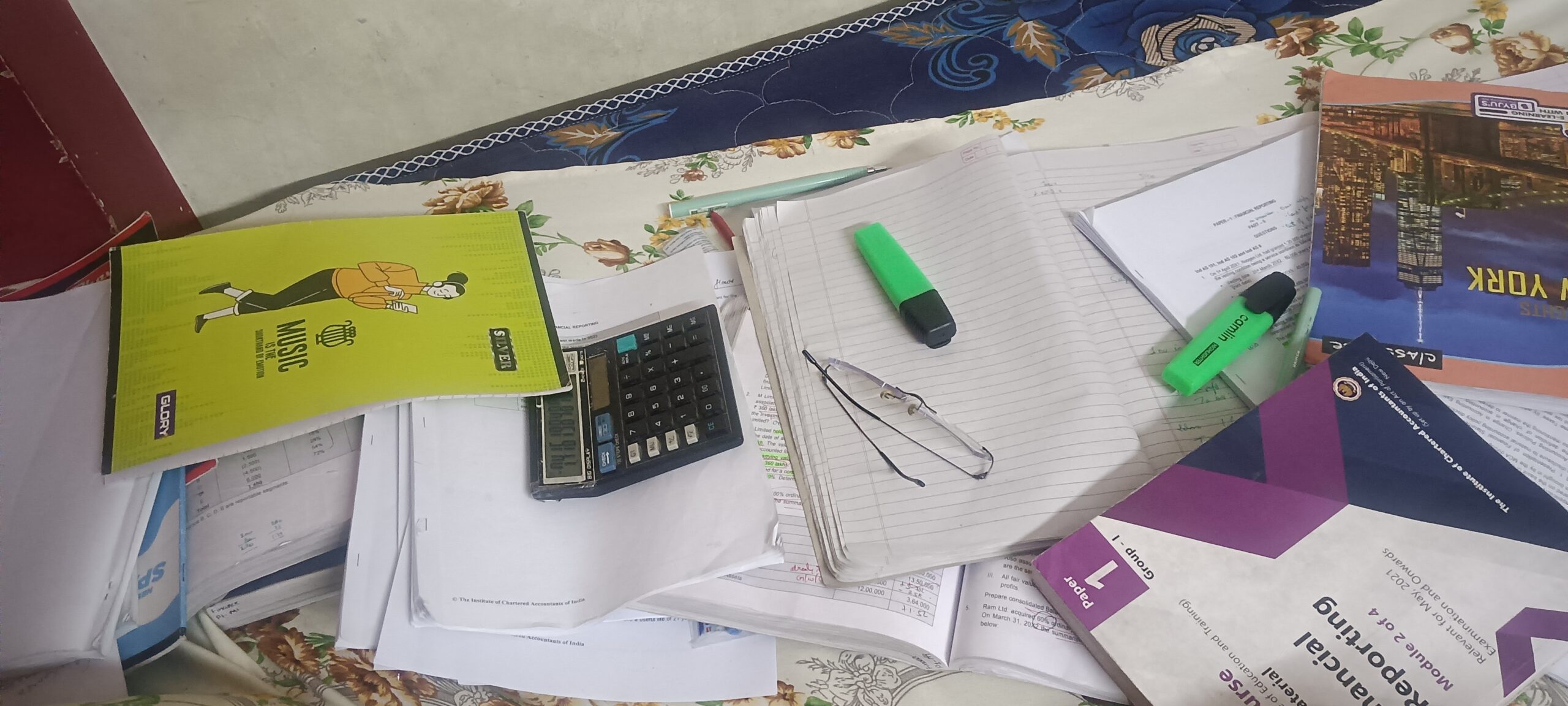On a quiet morning, as the sun rose gently over Ahmedabad, lives changed forever. What should have been a routine flight for AI-171 ended in a tragedy that has since left the aviation world searching for answers and families clinging to memories.
 The Moment the Sky Changed
The Moment the Sky Changed
There’s a universal silence that follows any plane crash—an eerie stillness felt even by those miles away. That silence, however, is never empty. It’s filled with questions, regrets, hopes, and pain. The Air India Dreamliner, once full of promise, plummeted into the collective consciousness of a grieving nation on that day.
At the heart of the crash lies a growing speculation—was fuel contamination the hidden villain?
 The Human Side: More Than Just Numbers
The Human Side: More Than Just Numbers
News reports might speak of fatalities, damages, and black boxes. But behind every technical update is a grieving family, a child waiting at the airport, a mother with eyes fixed on a silent phone screen. For those aboard AI-171, time didn’t slow down—it disappeared. And for their loved ones, life as they knew it fractured.
“He had texted just before takeoff,” said a father mourning his 29-year-old son, “telling me to heat up dinner.”
In the hunt for causes, let’s not forget what’s truly at stake: people.
 Fuel Contamination: A Silent Threat?
Fuel Contamination: A Silent Threat?
So, what is fuel contamination?
Aviation fuel is meticulously tested and filtered, but it’s not immune to threats. Contaminants like water, microbes, or sediment can find their way into the fuel tank through poor storage, condensation, or even rare equipment malfunctions. In the worst-case scenario, this can result in engine flameouts, power loss, or performance drop.
In the case of AI-171, an aviation expert has suggested fuel contamination could have played a role. This isn’t to confirm it—it’s a hypothesis under active investigation by the DGCA, Air India, Boeing, GE, and global safety bodies.
 Expert Insight: Why It Matters
Expert Insight: Why It Matters
One veteran aviation analyst noted, “Fuel contamination is rare in commercial jets, but not impossible. If both engines underperform, and flaps or gear fail to deploy normally, the causes could be complex.”
Here’s what they are looking into:
-
Was there engine thrust reduction before touchdown?
-
Did the aircraft have flap-setting issues?
-
Was the landing gear partially or fully deployed?
-
Was the fuel checked thoroughly before departure?
Investigators are analyzing every inch of the wreckage and fuel samples. The flight data recorder (black box) has been recovered, but the cockpit voice recorder is still missing, which delays conclusive answers.
 Dual-Engine Failure or Miscommunication?
Dual-Engine Failure or Miscommunication?
While fuel contamination remains a theory, other pilots have raised alternative scenarios:
-
Was there a misjudgment by the crew in managing a low-power situation?
-
Could it have been a rare dual-engine anomaly?
-
Was it a case of misconfigured flaps or spoilers during descent?
Aviation isn’t just mechanics. It’s also decision-making under pressure, human psychology, and situational training.
 The Aircraft: Boeing 787 Dreamliner
The Aircraft: Boeing 787 Dreamliner
The Dreamliner is not just a plane; it’s a symbol of modern aviation—sleek, efficient, and safe. It’s built for resilience. That’s what makes this tragedy even more troubling.
Air India’s fleet of Boeing 787s is now under enhanced scrutiny. Inspections are being ordered to recheck:
-
Fuel filtration systems
-
Engine performance monitoring
-
Crew preparedness protocols
This incident isn’t just about one flight. It’s about ensuring no other plane falls for the same invisible reason.
 When Black Boxes Speak
When Black Boxes Speak
The aircraft’s Flight Data Recorder (FDR) is expected to provide a timeline—engine speeds, flap settings, and any abnormalities in thrust or hydraulic systems. But without the Cockpit Voice Recorder (CVR), investigators are flying half-blind when it comes to understanding the why behind the what.
A CVR captures last-minute communications, alarms, and even non-verbal crew reactions. In previous air crash investigations, these few seconds of voice have revealed everything from heroic actions to overlooked warnings.
 Emotional Intelligence in Crisis
Emotional Intelligence in Crisis
What can we learn, beyond technicalities?
Every crash like this reminds us of something deeply human: vulnerability. We board flights trusting thousands of moving parts and unseen professionals. We forget that even in the age of automation, mistakes—or misfortunes—can happen.
But this is also a story of resilience. Air India, DGCA, and global safety organizations are working round-the-clock to ensure answers are found, and reforms are
made.
 What Must Change: A Wake-Up Call
What Must Change: A Wake-Up Call
If fuel contamination is confirmed, India’s aviation infrastructure needs deeper audits of:
-
Fuel supply chains
-
Airport tankers and refueling processes
-
Pre-flight check strictness
-
Surprise inspections, even on legacy airlines
Also, passenger safety protocols must be upgraded:
-
Mandatory briefings in multiple languages
-
Better crew-to-passenger transparency in emergencies
-
Mental health support for affected families
 For Those Who Waited
For Those Who Waited
There’s no formula to calculate loss. Families left behind want more than compensation—they want closure.
One mother, standing outside the airport, said:
“I don’t want answers from machines. I want the truth from humans.”
She represents every parent, sibling, and partner caught between grief and silence.
 The Journey Ahead
The Journey Ahead
As we await the full investigation, let this not be just a technical case study.
Let it be a turning point.
Let every airline:
-
Respect the lives they carry.
-
Treat every flight as sacred.
-
Never compromise on safety for speed or cost.
And let us all, as passengers, be more aware, more grateful, and more connected to the invisible threads that keep us airborne.
 In Memoriam
In Memoriam
To those who perished aboard AI-171:
You were more than passengers.
You were someone’s world.
And your story won’t fade into a report.
It will remain a lesson. A reminder. A legacy.




